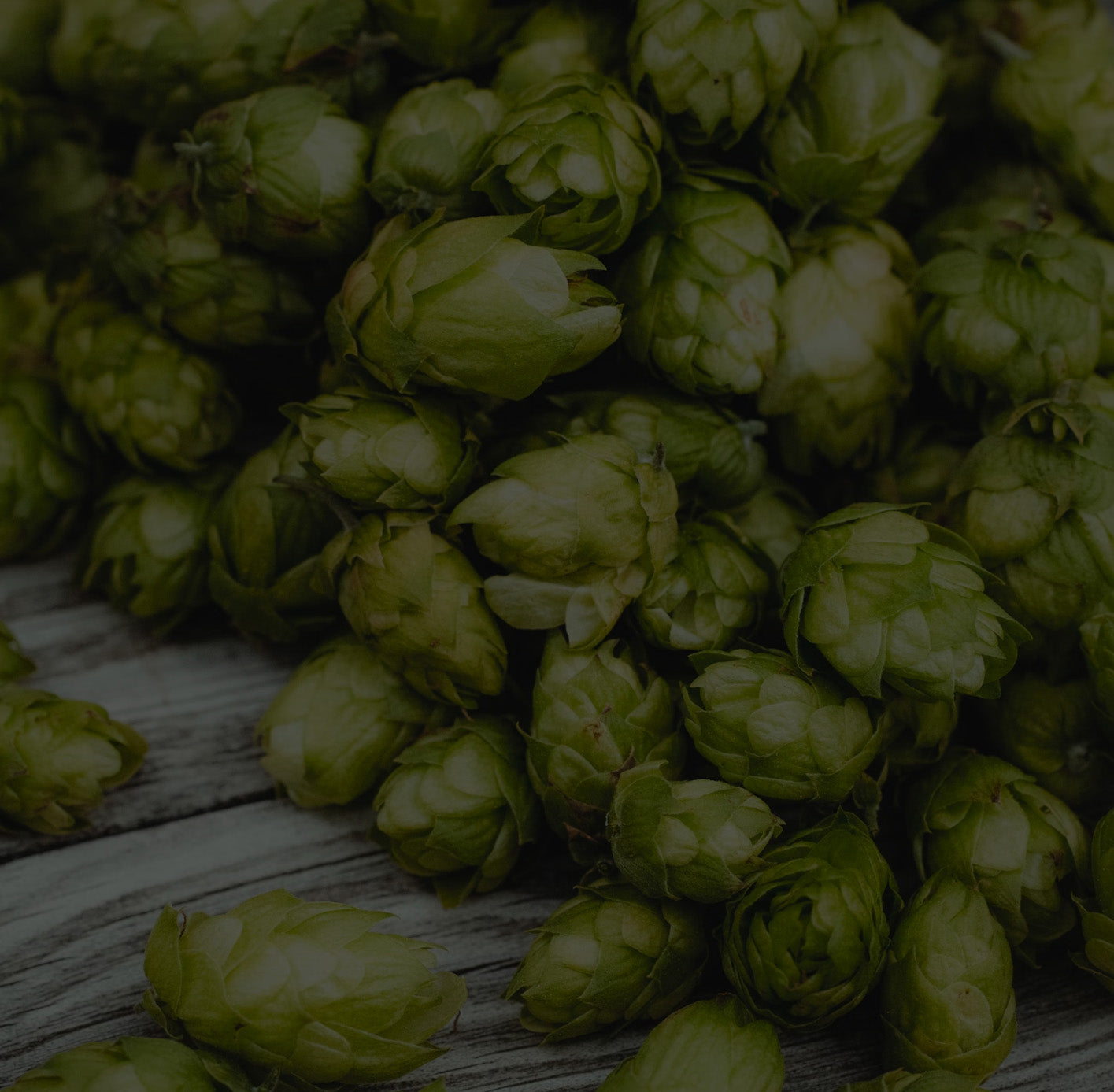How Copper Stills Were Sealed
Once assembled, Clawhammer copper stills will actually be comprised of 2 pieces: the boiler assembly and the column assembly (see the picture below). These two parts are NOT permanently attached. This allows the still to be taken apart to allow for filling, cleaning, and easy storage. However, the upper and lower assemblies must be sealed together before the still can be used.
Because this still is designed to be a replica of vintage copper distillers, we are going to show you how the "old-timers" sealed their stills. However, please note, if a still has not been sealed properly, vapor could escape from the joint. If being used to distill alcohol, alcohol vapor could escape from the joint. A leaky still should never be used, especially in a confined space. Alcohol vapor is explosive at high concentrations. So, always seal the still properly and never distill indoors unless proper code requirements for ventilation and fire suppression have been met.
Rye flour paste is the traditional method used by master distillers of the old days to seal seams on copper stills. Below is the recipe and procedure that was used. Note, we do not recommend any particular method for sealing a still. The sealing method is the users discretion. But in any case, the seam between the lower and upper portions of the a still must be sealed before use.
Vintage Rye Flour Paste Recipe
- 3/4 cup rye flour
- 1/3 cup water
- Mix the rye flour and water together with hands
- Roll the flour paste into a snake
- Once the boiler reaches 115 degrees apply the flour paste to the still
- As the still heats up the rye flour paste will cook onto the still creating a seal at the joint
- Always monitor the still to make sure that vapor is not escaping from the column assembly joint. Re-apply paste if needed.
Do not distill at home unless you have the proper permits. It is illegal to distill alcohol at home for consumption. The information set forth above are provided for informational purposes only are not intended to be relied upon by any person, or entity, as a basis for any act or decision whatsoever. Please read our legal summary and disclaimer, as well as and terms of use before purchasing or using any of our products.








Leave a comment